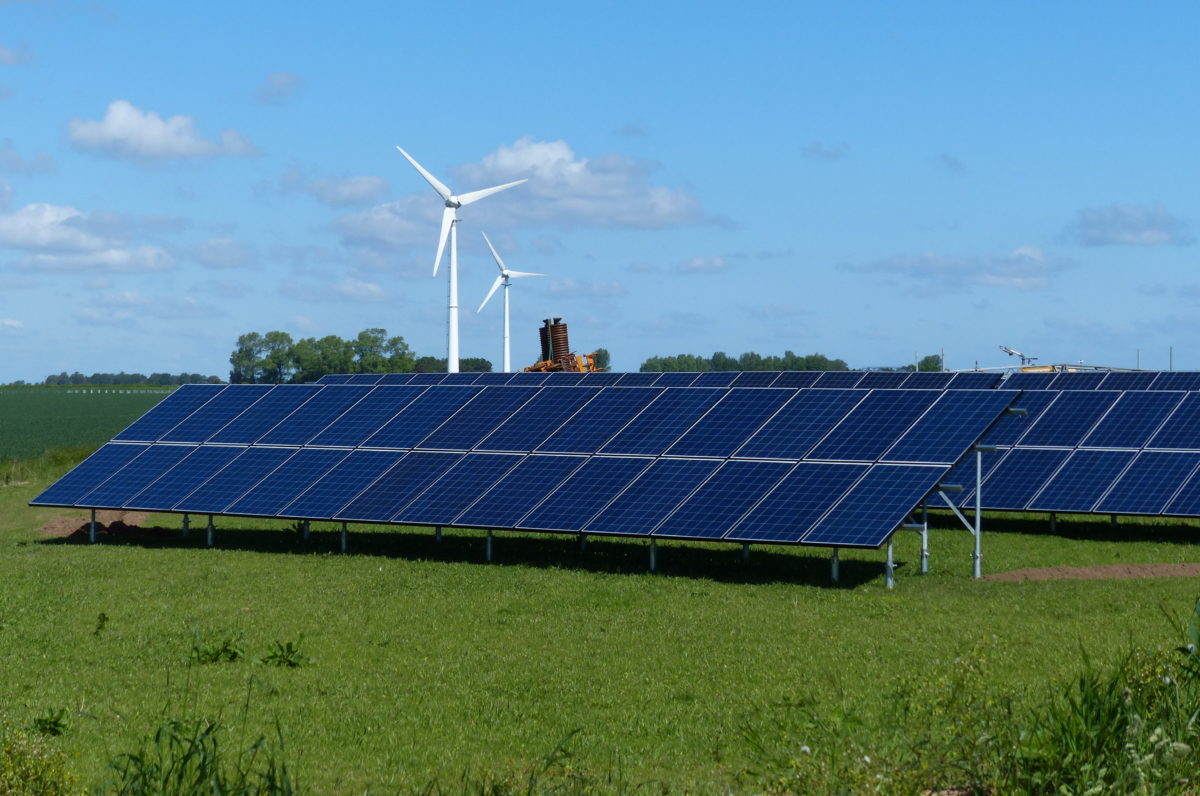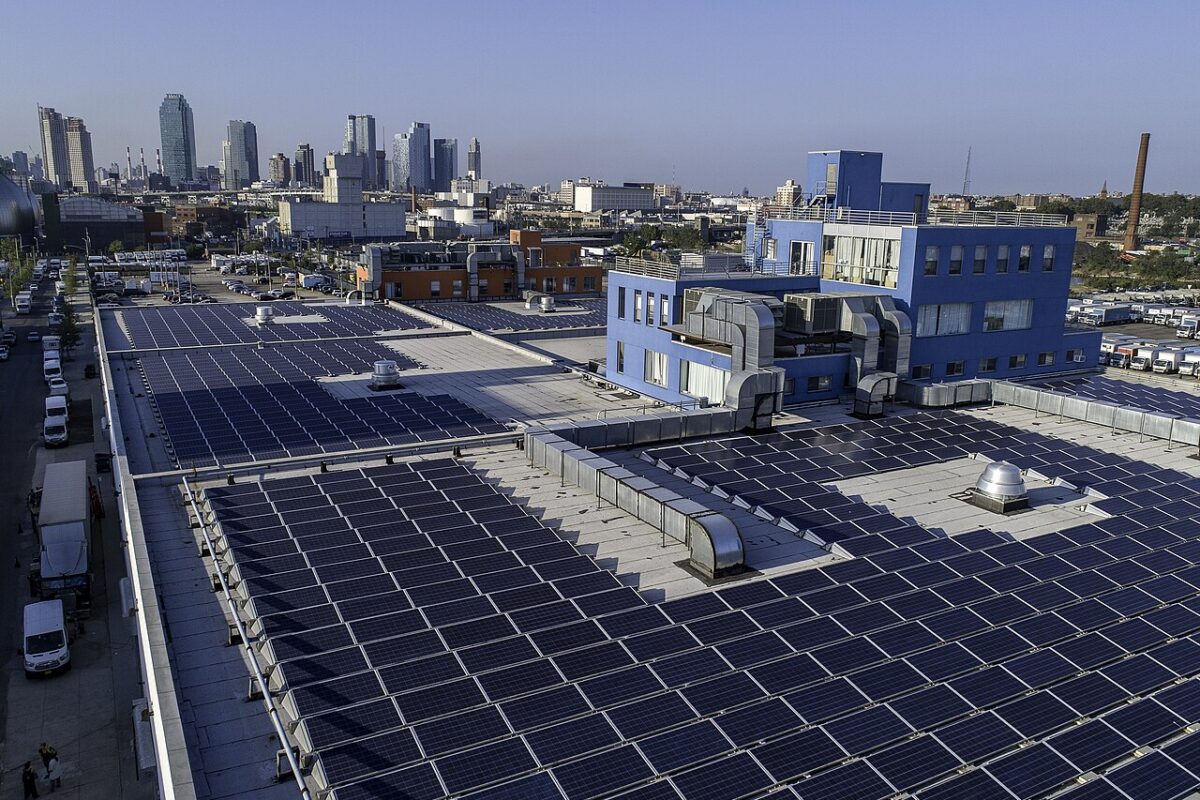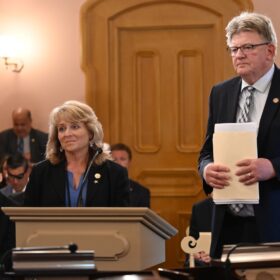Clark County, Ohio has rejected the ban of utility-scale renewable energy development as codified by Senate Bill 52, a 2021 law that prohibits the development of solar and wind power facilities greater than 50 MW of capacity. The bill does not place a ban on smaller residential rooftop or commercial solar facilities.
To date, there are no utility-scale solar or wind facilities in Clark County, but the rejection now opens the door for new development opportunities. Landowners in unincorporated areas of the county can lease or sell land for solar and wind development following the ban’s rejection.
The Clark County Commission unanimously voted to uphold landowners’ rights to host the development of clean energy resources. Six of the ten townships in Clark County sent in requests to uphold the ban.
Farmer and Clark County resident Bill Agile said, “I guess I’m struggling with why we want to cover up our farmland, which is one of our greatest resources,” he said. “There’s plenty of city areas. Old, poor, worn-out buildings that can be destroyed, knocked-down and cleaned-up.”
Agile’s suggestion of building solar resources on rooftops, brownfield sites, and other unused land is a popular model for preserving land use, often called distributed generation (DG). DG resources are hailed for their lighter effect on land use, greater ability to be resilient and responsive under extreme weather events, and higher efficiency due to less transmission infrastructure requirements.
Despite this, utility-scale wind and solar resources are considered an important part of the energy mix as the nation rapidly pursues decarbonizing the energy sector in the face of climate change. The rejection of the development ban was also seen as a property rights issue.
“One issue that I really continue to not be able to rectify to myself is property rights: taking away property rights for any legal use,” said Melanie Flax Wilt, commissioner of Clark County. “That’s the thing that I continue to narrow in on, that it concerns me to take away the choice of the homeowner.”
However, 10 counties in Ohio still have restrictions predicated by Senate Bill 52. The bill prohibits solar and wind facilities of 50 MW or more, as well as “economically significant” wind facilities ranging from 5 MW to 50 MW.
Ohio resident Larry Ricketts warned that the ban may be too prohibitive. “We have a choice right now, and in the next couple of years. We can accept the fact that solar and wind and these types of farms are the wave of the future,” he said. “All I’m saying is, be careful when you do a thing like this, that says you cannot do something and then handcuff yourself.”
In addition to distributed rooftop and brownfield site development, the practice of agrivoltaics, or co-locating solar facilities and agricultural production, can be an effective way to address land use concerns.
This content is protected by copyright and may not be reused. If you want to cooperate with us and would like to reuse some of our content, please contact: editors@pv-magazine.com.









One thing I always have a hard time with the argument of farmland being displaced is: Think about how much food is wasted every single day. Speaking from the US, the amount of food wasted is a horrible shame, and even a 5-10% improvement would be massive.
Ohio Republicans passed HB 6 in 2019 which gives massive subsidies to aging and failing nuclear and coal plants. Although key leaders in the $65 million bribe scheme have been indicted, others have not. Ohio has lost $800 million in efficiency savings since 2021 started, and more than $2 billion worth of wind and solar farms which all would be far cheaper than today’s natural gas, have not been built after passing Ohio’s Power Siting process.
Ohio Republican leaders have filled their supporters’ minds with misinformation about wind and solar. It could be as simple as letting nearby states make all the profits, but Clark County is showing some backbone.
The real crime is not the bribery or the fact that the Republicans have not repealed any of the anticompetitive laws they established to protect the old dirty plants. The real crime is that the Ohio media has a blackout on covering the cost of this legislation in terms of jobs, economic growth, and low cost reliable in-state energy generation.